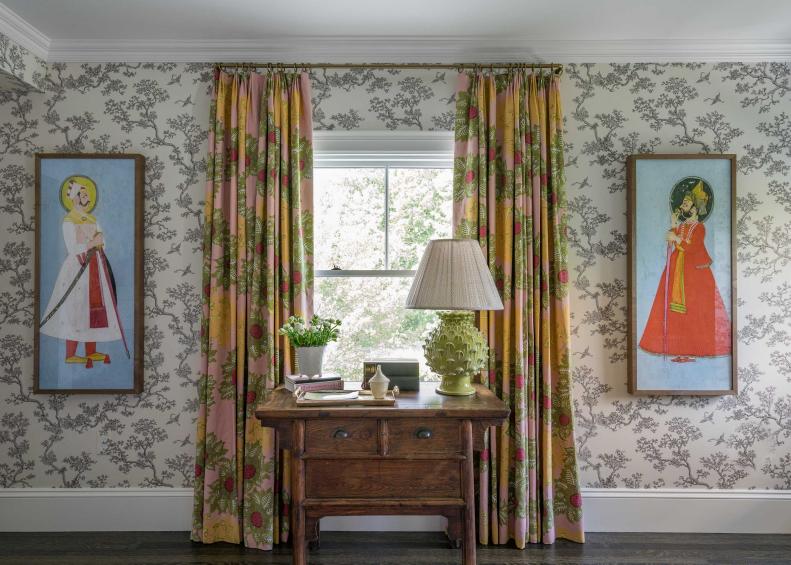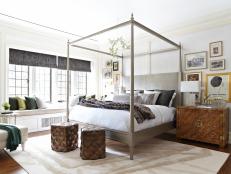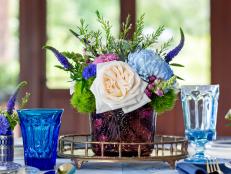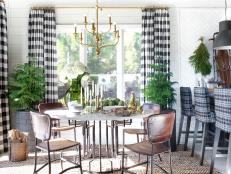1 / 20
Photo: Eric Roth Photography
Don't Believe the Hype
“Brown furniture often has a reputation of making a room look dark and dreary — however, this is not the case, says Liz Caan of Liz Caan & Co., a Massachusetts-based interior design firm. “In a lot of my projects, I like to mix in brown furniture to support the overall aesthetic and design of a room.” Here, a handsome desk’s Eastern silhouette complements ornate artwork, vivid drapes and delicate wallpaper.












